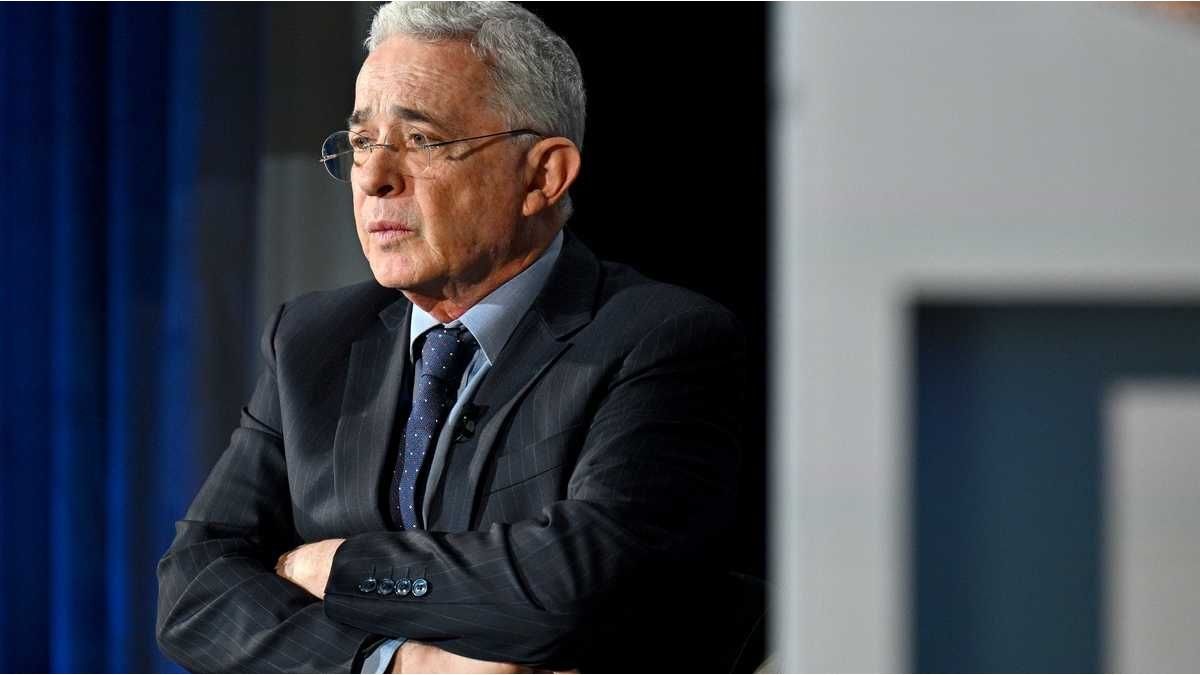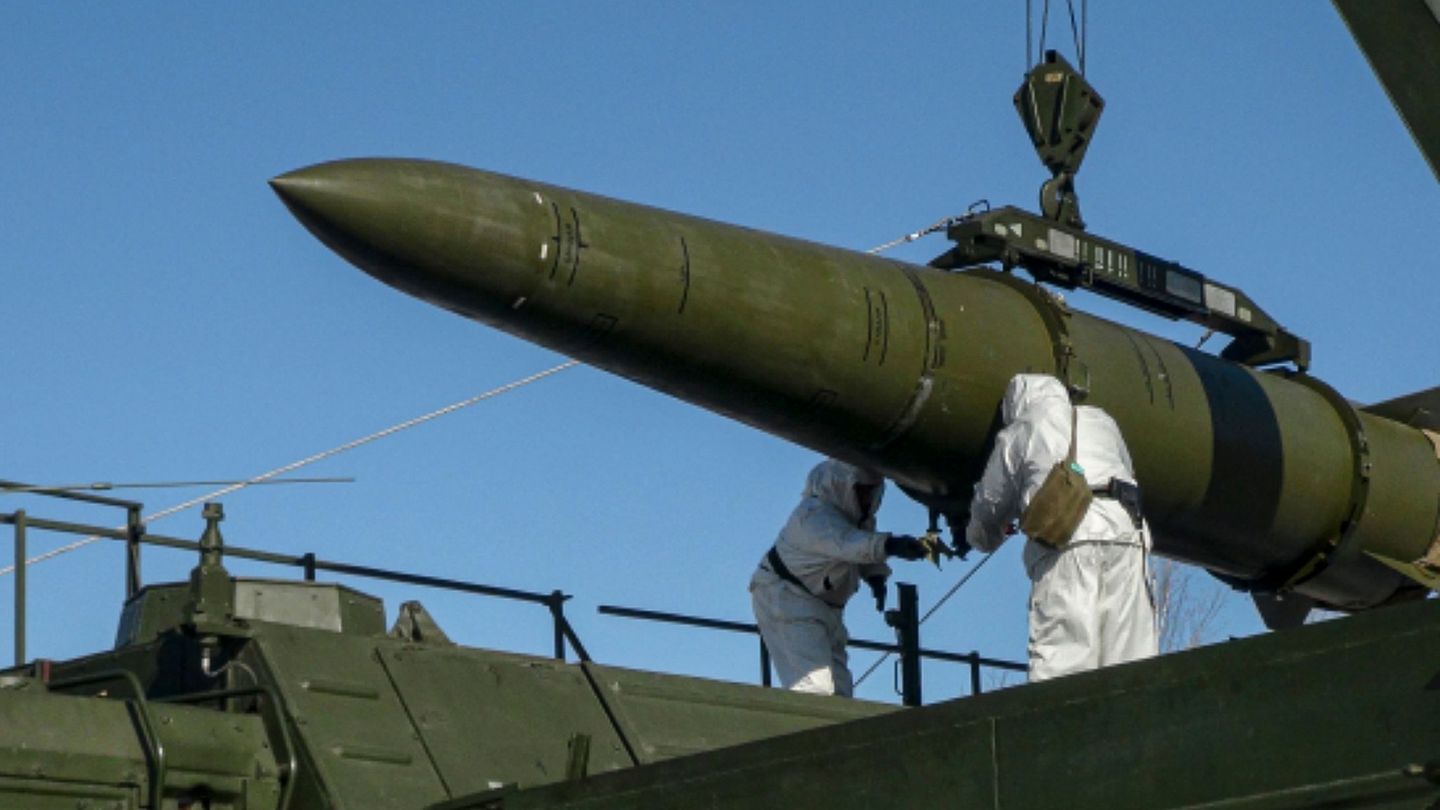For months, the situation in El Fasher, the capital of North Darfur, was considered relatively stable. Hundreds of thousands sought refuge here from the conflict in Sudan. Now there is a risk of escalation.
The impacts are getting closer, literally. In the area around El Fasher, the capital of Sudan’s North Darfur region, more than two dozen villages have been destroyed in fighting between government troops and the RSF militia in recent weeks. Scientists from the Humanitarian Research Lab at Yale University discovered this when evaluating satellite images and thermal images.
What became of the residents can only be guessed at. If they survived, they probably fled to El Fasher, where around 700,000 people have already sought refuge. For months, El Fasher was relatively quiet, considering the violence in the bloody conflict in Sudan that has been going on for more than a year.
Vanishing point El Fasher
The city, which is now home to around 800,000 people, is the last major city in Darfur where Sudanese government troops still largely have control. Now experts, diplomats and aid organizations are warning: From all indications, the fight for control of El Fasher appears to be imminent. Hundreds of thousands of people would then be threatened.
“The only thing we can hope for is that the RSF doesn’t behave like the RSF,” says Nathaniel Raymond, head of the Humanitarian Research Lab. The militia is repeatedly mentioned in connection with serious human rights crimes – rape and enslavement, arbitrary shootings, torture and looting.
Fear of the RSF
For example in West Darfur, where the RSF is accused of massacres of the Massalit ethnic group. A report published on Thursday by the human rights organization Human Rights Watch speaks of ethnic cleansing. The scale of the killing of civilians raises the question of whether the RSF wants to kill all or a large part of the Massalit, the organization said. This would indicate possible genocide.
If the RSF gains control of El Fasher, then another massacre will be inevitable, warns Hala al-Karib from the Women’s Initiative in the Horn of Africa, a civil society organization. “We are deeply concerned for the women in our local network,” she says. She also sees the people in the Zamzam refugee camp, the second largest in Darfur, as threatened. It is located about twelve kilometers from El Fasher.
Is the history of genocide repeating itself?
The Darfur Network for Human Rights, another civil society organization in Darfur, speaks of a climate of fear and uncertainty. In Darfur, memories of the worst atrocities 20 years ago are very vivid. Many fear history could repeat itself. At that time, the International Criminal Court (ICC) began proceedings for alleged genocide.
The conflict at the time also had an ethnic component: Arab militias, which later merged into the RSF, killed people from the Massalit, Zaghawa and Fur ethnic groups.
ICC Chief Prosecutor Karim Khan told the UN Security Council at the end of January that his office saw evidence of war crimes by both parties to the conflict. Khan lamented the climate of impunity in Sudan: “Without justice for past atrocities, we condemn the current generation – and if we do nothing now, we condemn future generations to suffer the same fate.”
Impending hunger
The lives of many small children in particular are already in danger. Food is becoming scarce or unaffordable due to high prices. Fighting in El Fasher could trigger a humanitarian catastrophe, fears Shewit Woldemichael from the International Crisis Group think tank.
After an investigation in the Zamzam refugee camp in North Darfur at the beginning of the year, the aid organization Doctors Without Borders came to the conclusion: 30 percent of the children examined suffered from acute malnutrition, eight percent were considered severely malnourished. Experts from the United Nations and the Early Warning System for Hunger (FEWS) have been warning about an impending hunger catastrophe throughout Sudan for months. Transport and goods routes were interrupted and the parties to the conflict prevented aid shipments.
Source: Stern
I have been working in the news industry for over 6 years, first as a reporter and now as an editor. I have covered politics extensively, and my work has appeared in major newspapers and online news outlets around the world. In addition to my writing, I also contribute regularly to 24 Hours World.




